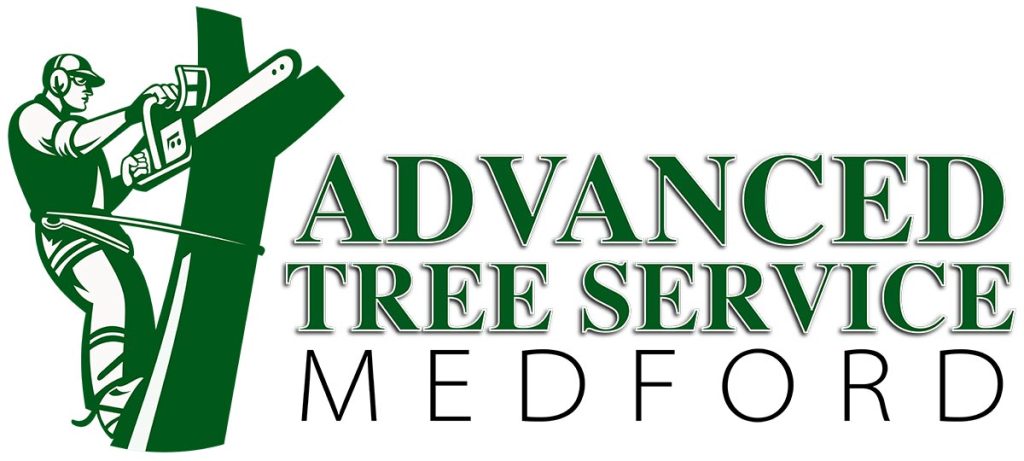There are a lot of problems that can affect trees of all kinds, and pests are one of them. If you suspect your tree has a pest and want to know what you’re dealing with or simply want to understand more about tree pests in general, here’s a look at the basics about certain kinds of tree pests.
Aphids
If you notice a clear, sticky liquid coming from your tree, it might not be sap — it may be honeydew, the excretion left behind by aphids that feed on sap and sugar. This honeydew may then turn into sooty mold, causing further damage. Aphids can affect many tree species but are especially common on lindens and tulip poplars.
Beetles
There are as many trees as there are species of tree-eating beetles. From elm beetles and pine beetles to spruce beetles, alder flea beetles, and more, these pests tend to prefer a specific species of tree, but many other species aren’t picky at all. Beetles can harm trees, from stealing nutrients to eating leaves.
Caterpillars
There are many species of caterpillars that are likely to be feeding on a tree’s foliage and fruit. You may see webs or tents in the branches where these caterpillars live and feed.
Woodpeckers
Woodpeckers are not a bug, but sometimes they can be just as damaging. A woodpecker can be a pest if it’s hurting the tree. Woodpeckers can be helpful, and they’re also federally protected. Therefore, if you have a woodpecker acting as a nuisance, it’s best to see if the tree is decaying or can be protected without harming the bird.
Professional Tree Maintenance Services
If your tree is damaged beyond saving or needs an expert’s opinion on how to salvage it, call Advanced Tree Service and Landscaping. We’ll help you handle your tree’s problems without causing greater damage to the ecosystem or your landscaping.

